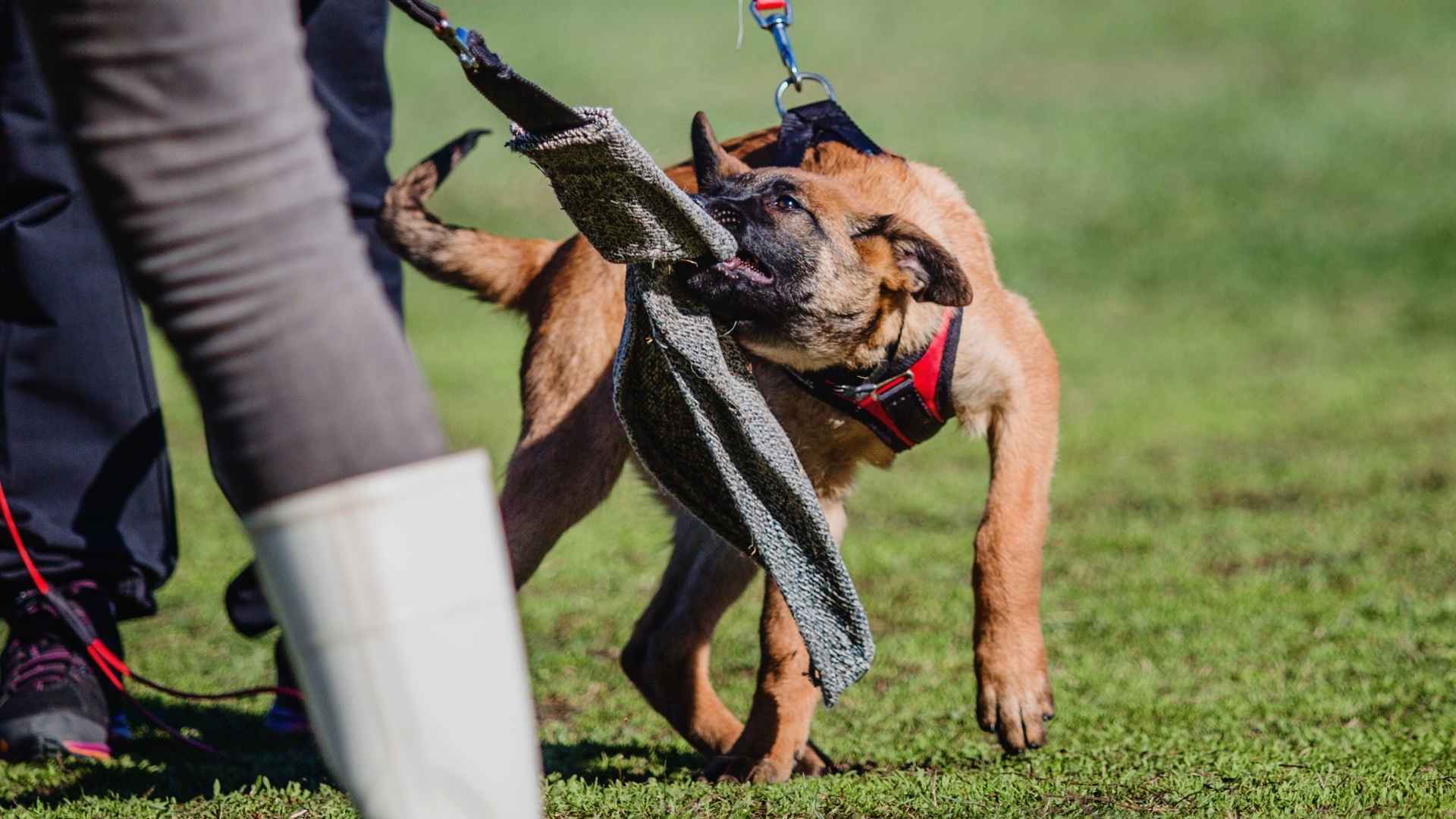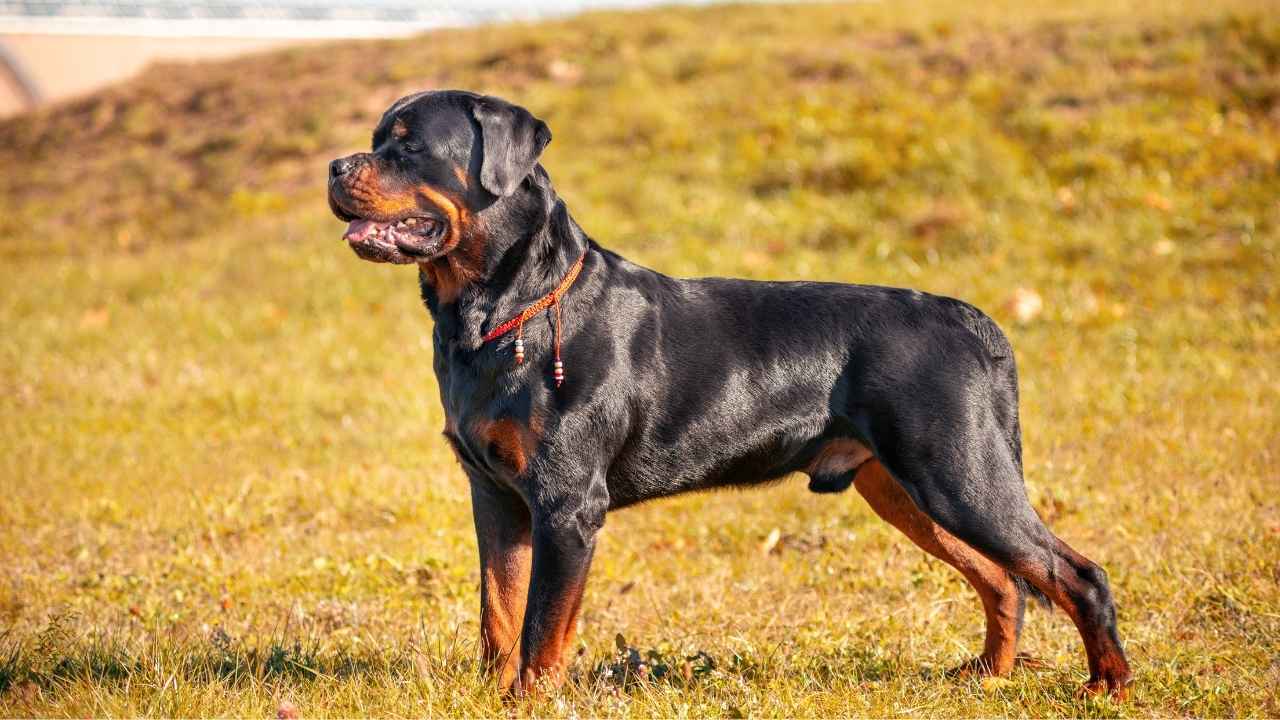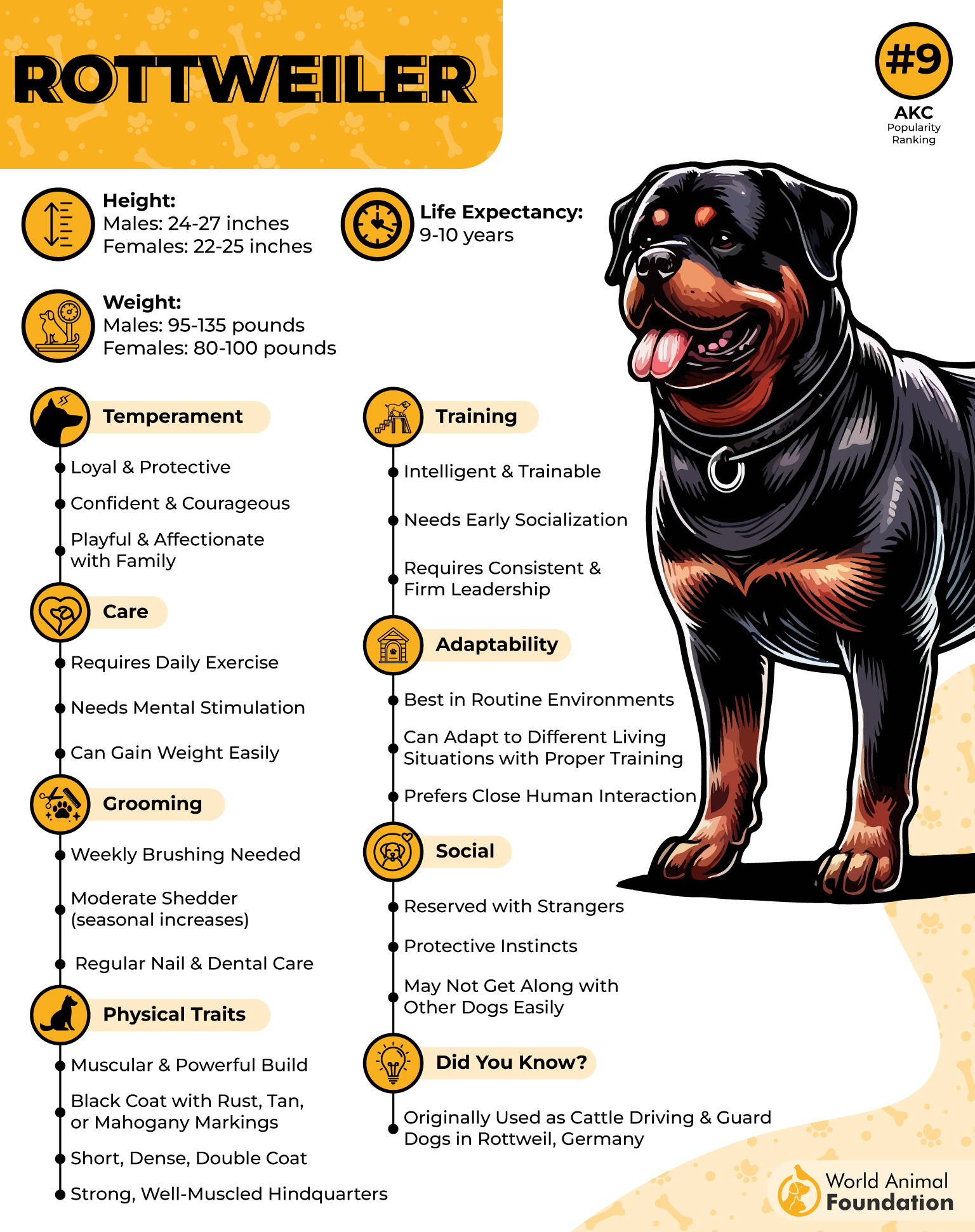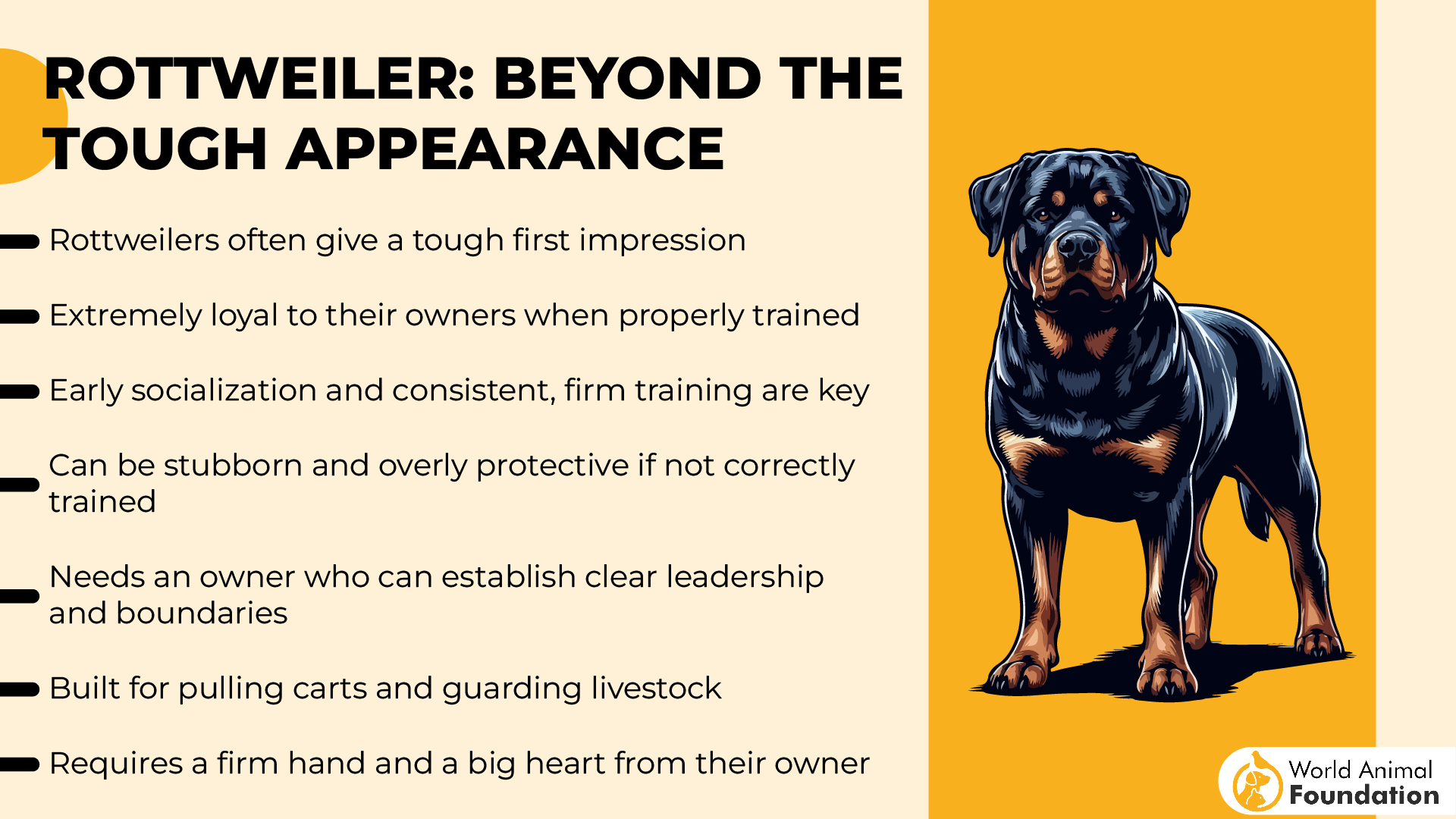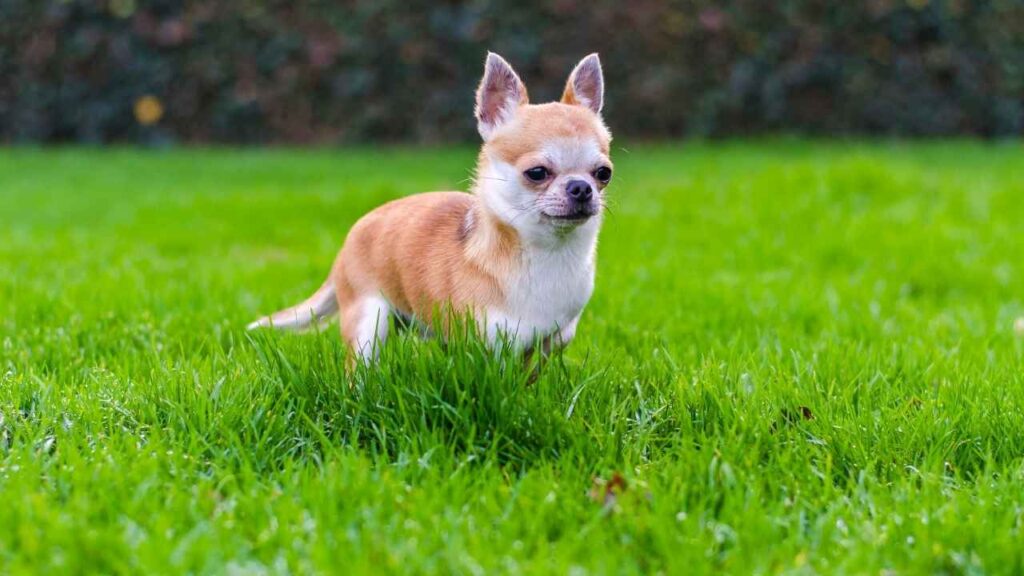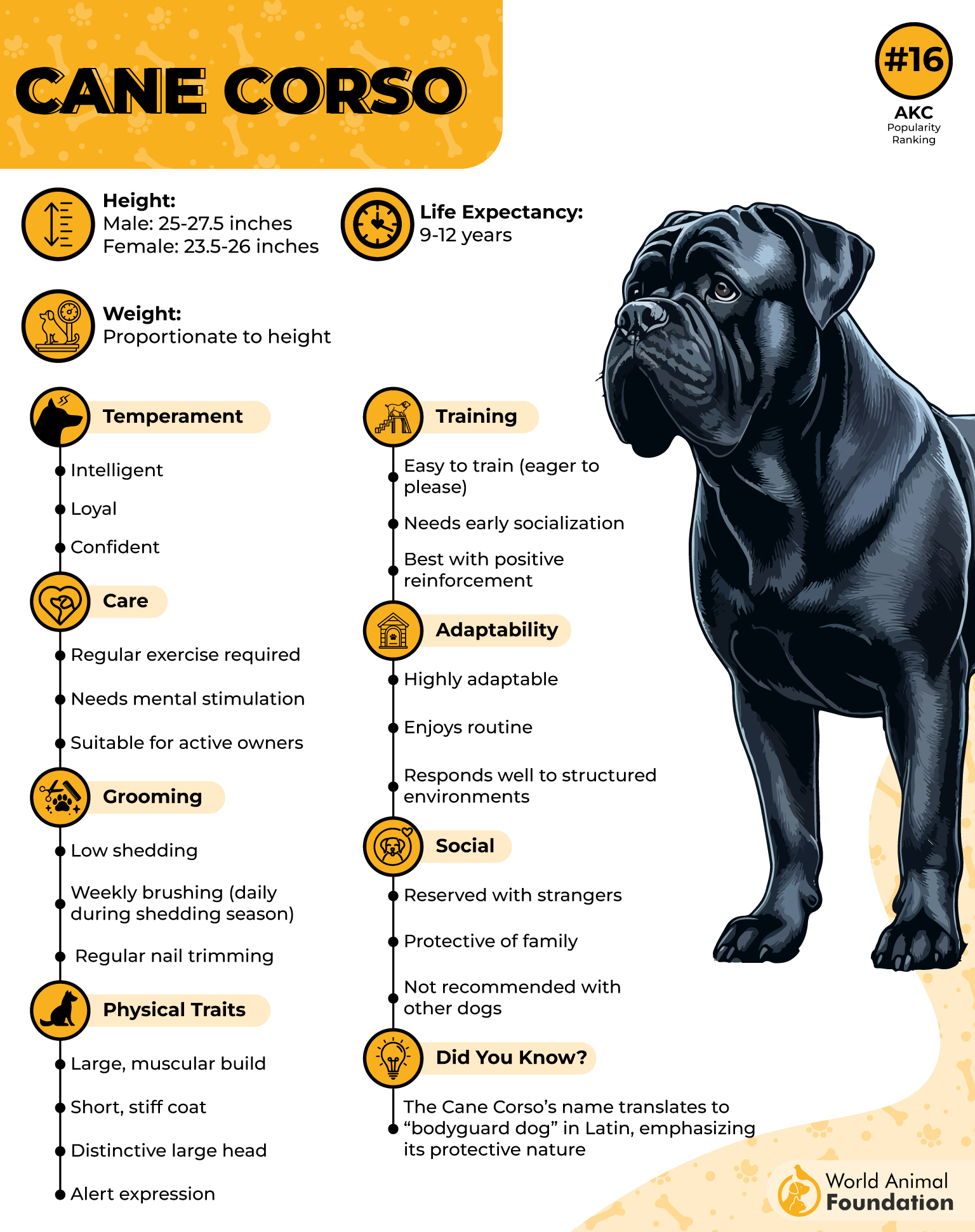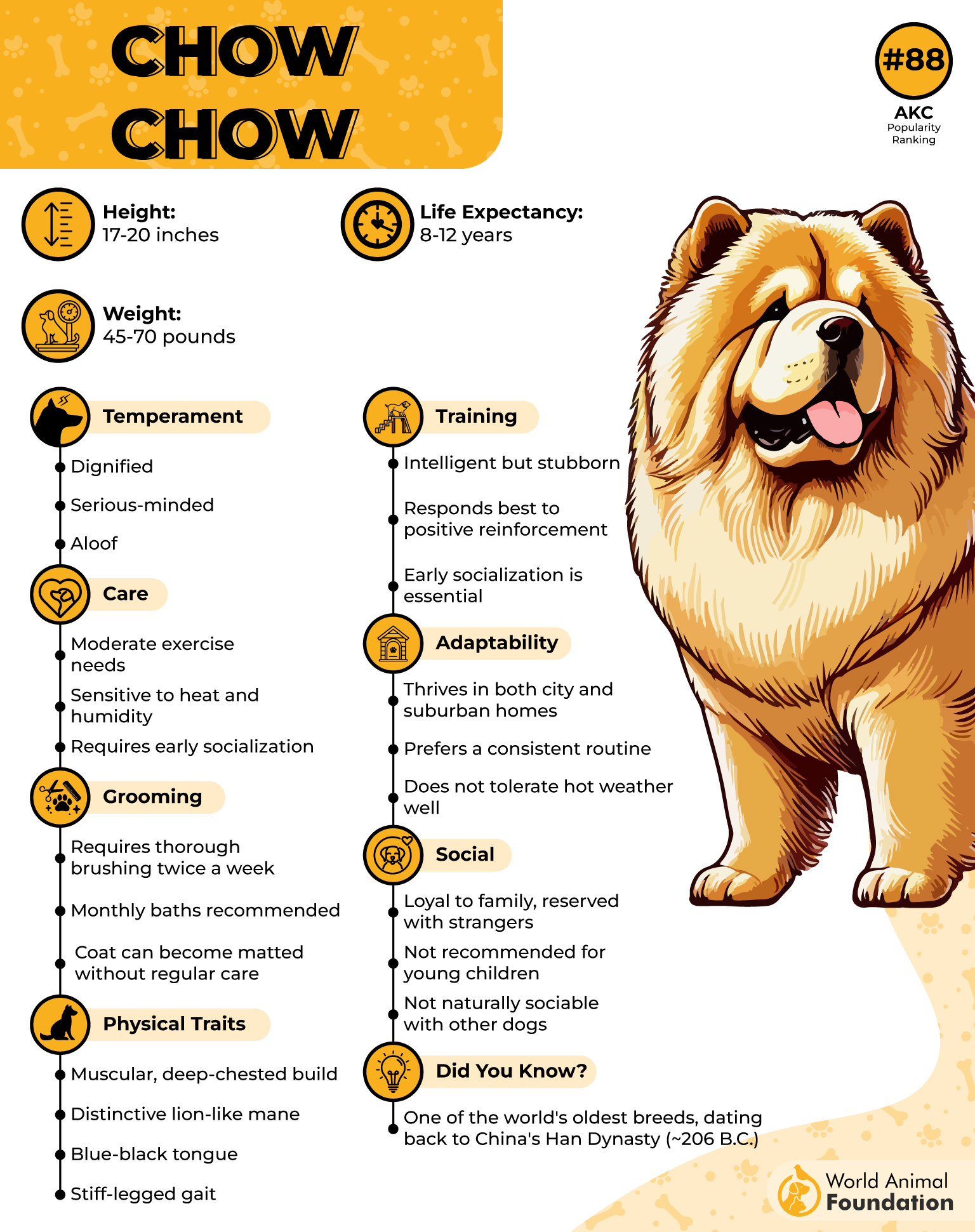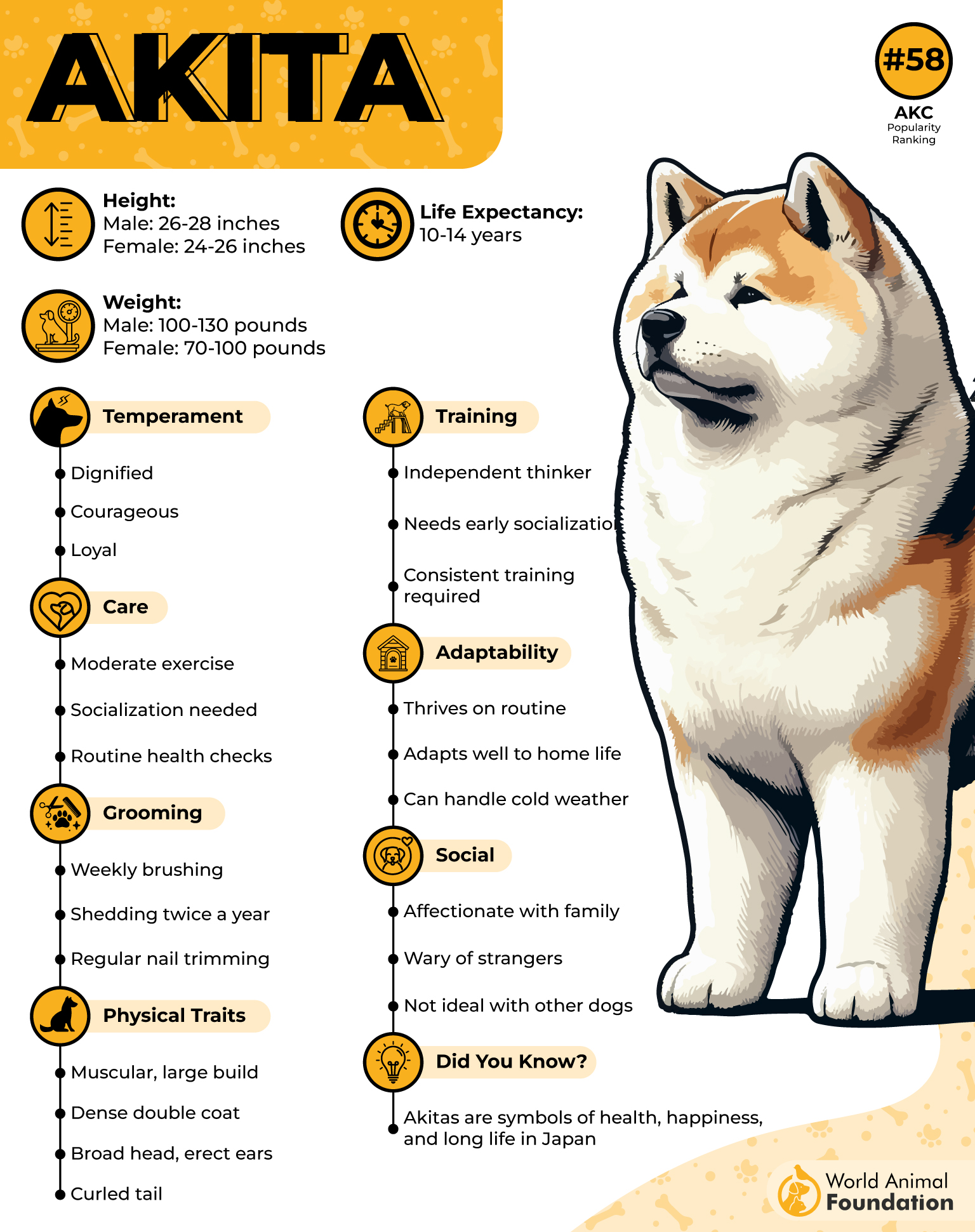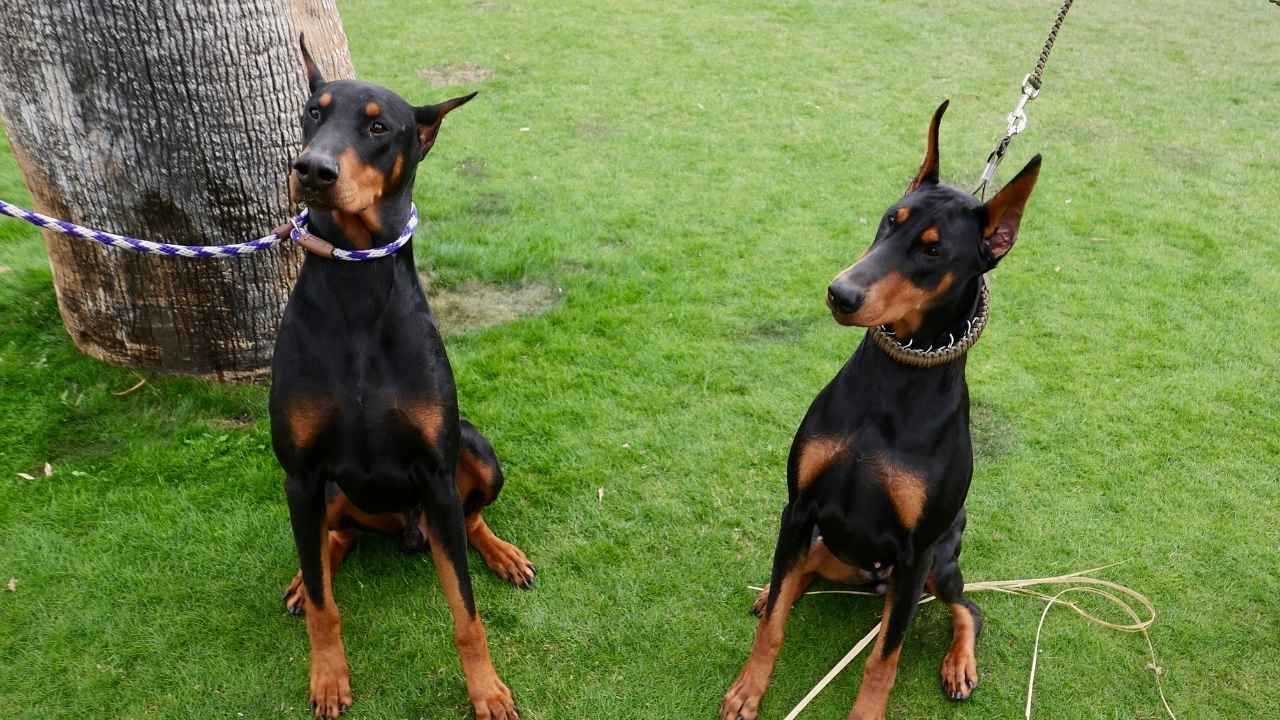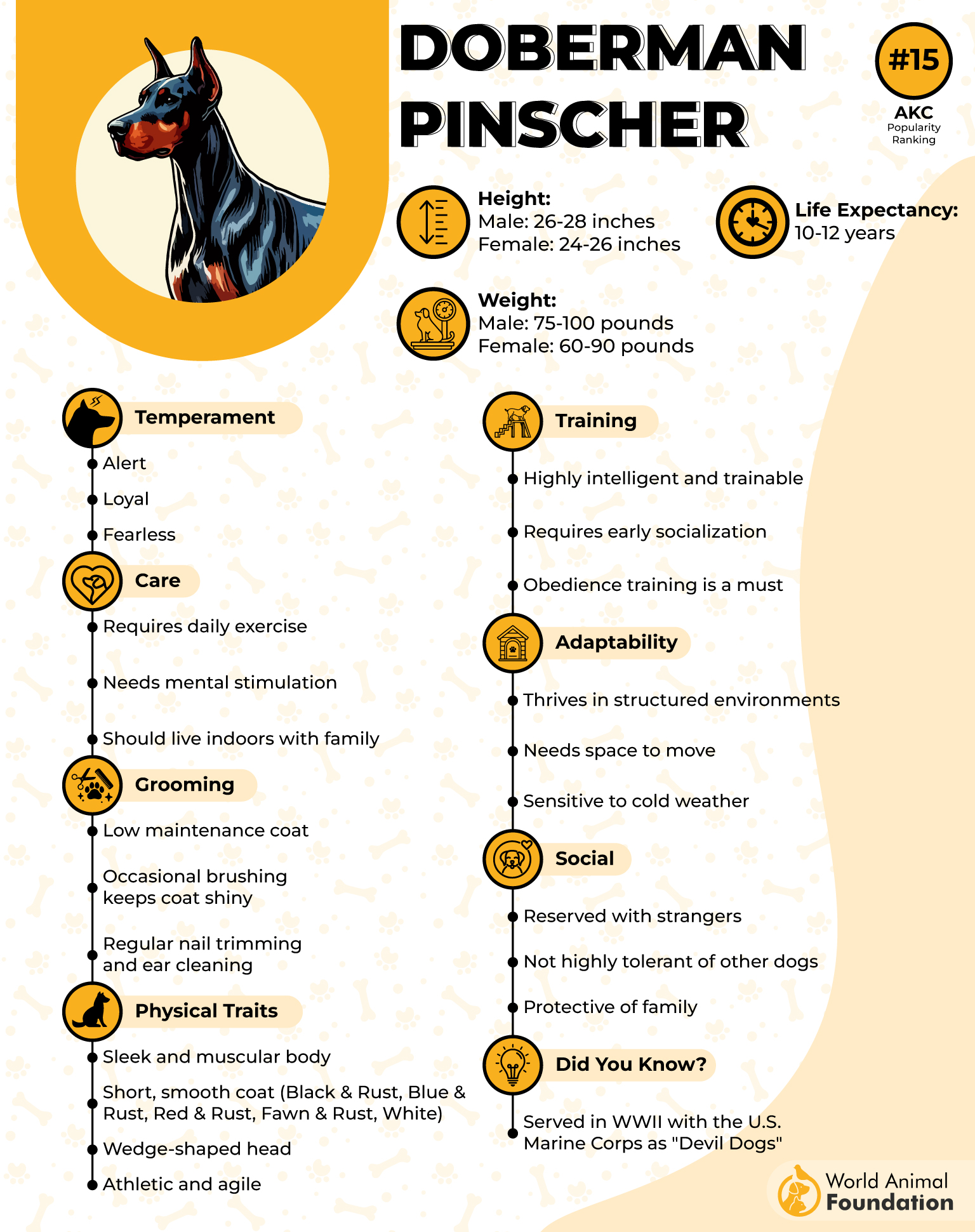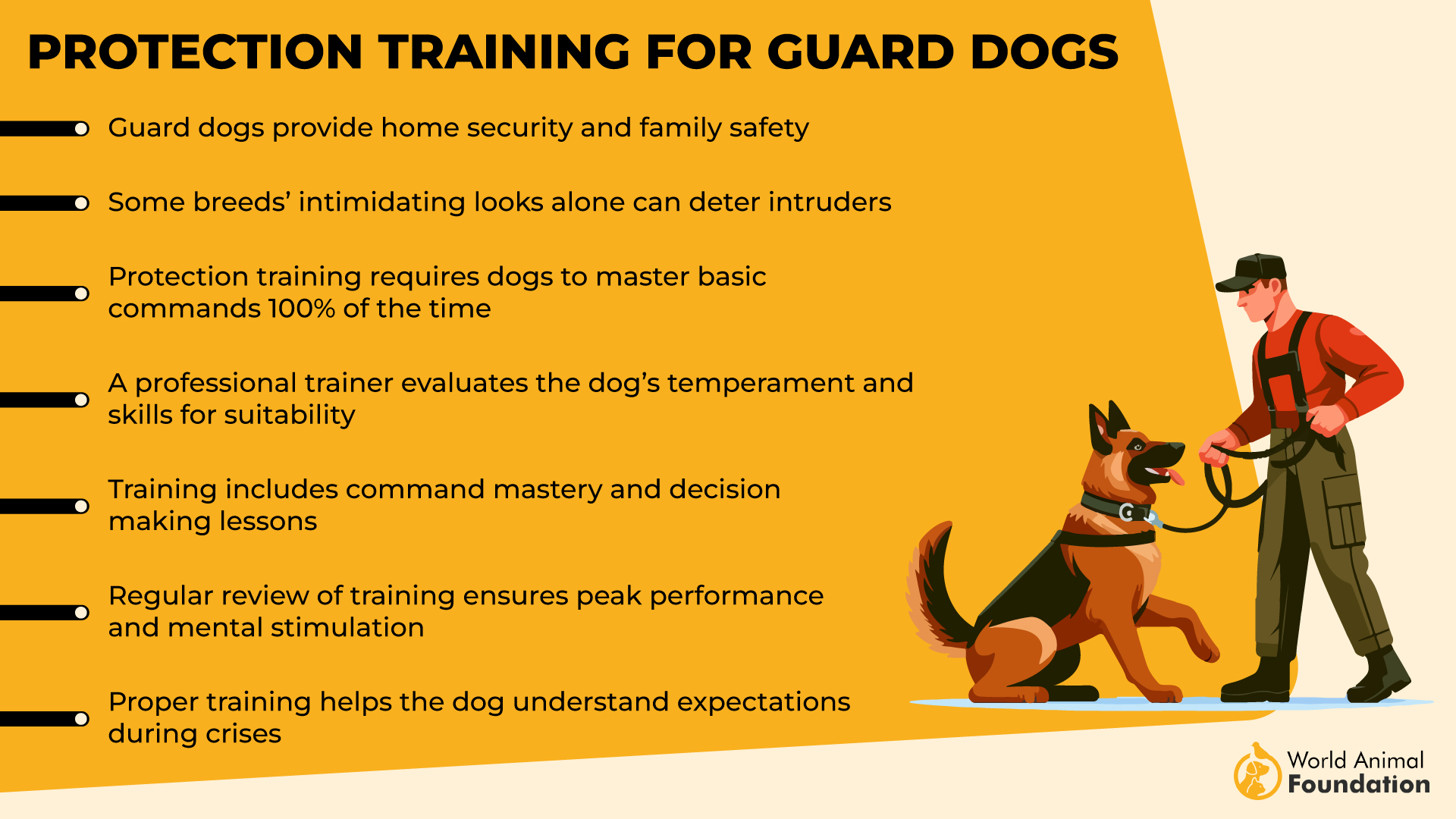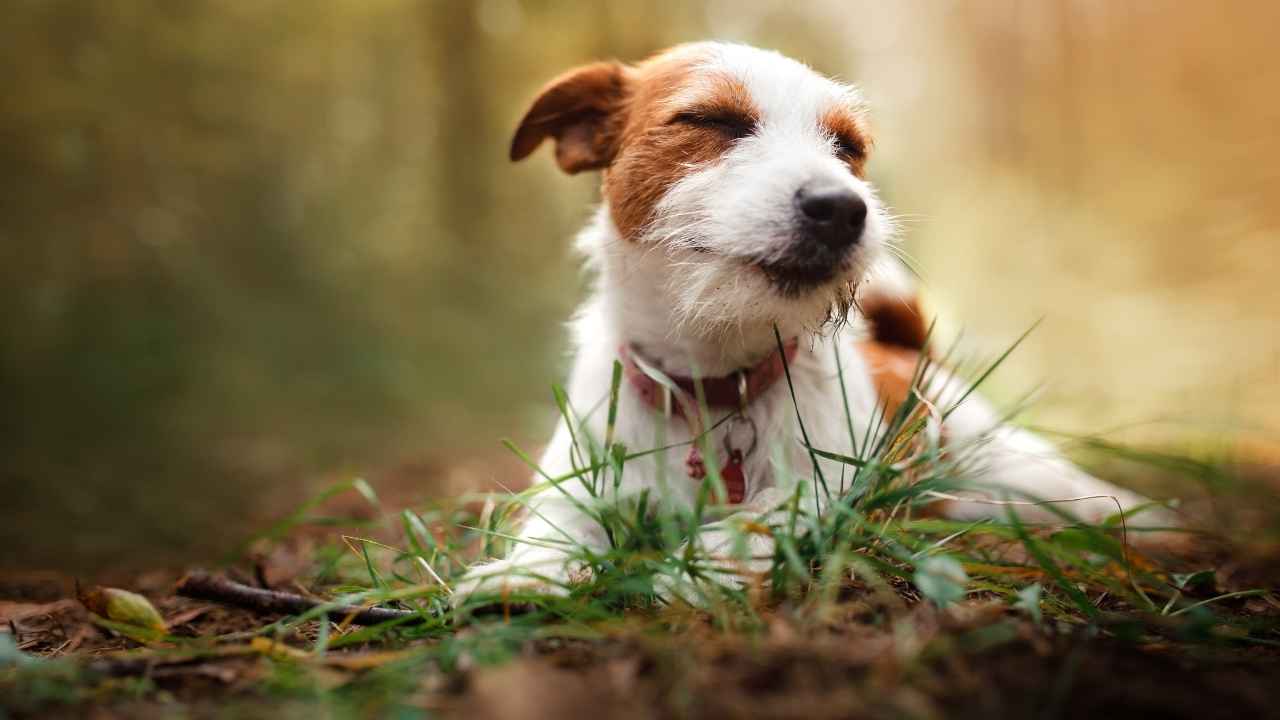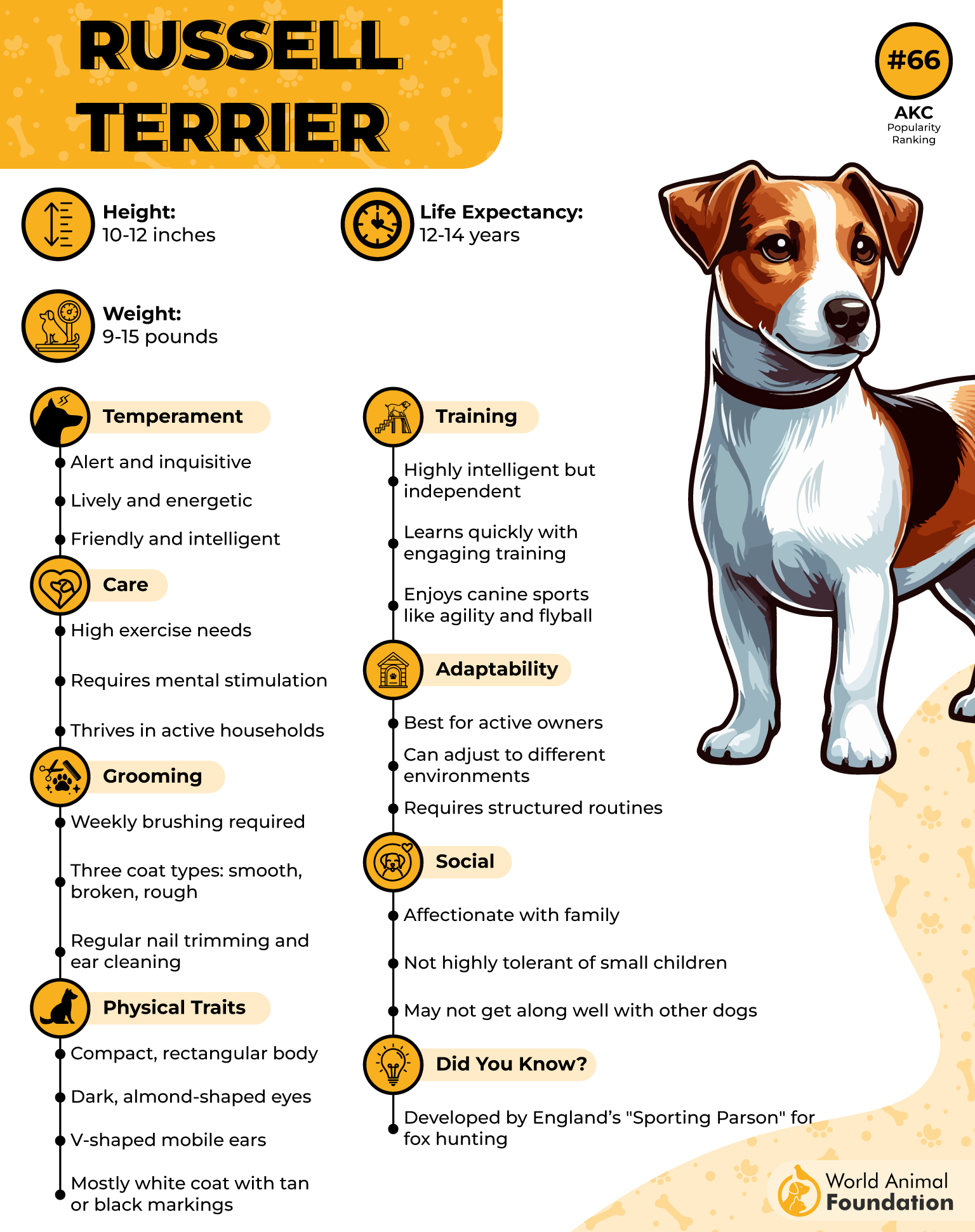Navigating the world of canine companions can be a rewarding yet challenging endeavor, especially when it comes to breeds renowned for their spirited temperaments. While some dogs are naturally more placid, others possess a fiery disposition that requires diligent and knowledgeable handling. This guide delves into the seven most notorious dog breeds known for their intense personalities and potential for aggression. Understanding these breeds is crucial, not only for ensuring the safety of both the dogs and those around them but also for fostering a harmonious relationship built on mutual trust and respect. Proper training and socialization can transform these spirited dogs into loyal and loving companions.
Aggressive dog breeds often get a bad reputation, but their behavior is influenced by factors like training, socialization, and genetics. While some breeds are naturally more protective or territorial, proper handling can make a significant difference. Understanding these breeds helps owners provide the right care and training to manage their temperament effectively.
Let’s explore some of the most aggressive dog breeds, highlighting their key traits and behavioral tendencies. From well-known guard dogs to unexpectedly strong-willed breeds, we’ll discuss why these dogs may show aggression and how responsible ownership can mitigate risks.
Whether you’re considering adopting a protective breed or just want to learn more, understanding their nature is essential.
Most Angry Dog Breeds
1. Rottweiler
Rottweilers are powerful and muscular dogs originally bred for herding and guarding livestock. Their imposing appearance, combined with their natural protective instincts, often earns them a reputation as aggressive or angry dogs. While they are fiercely loyal to their families, their behavior largely depends on training, socialization, and how they are raised.
As AKC states, this breed tends to be territorial and wary of strangers, which can sometimes be mistaken for outright aggression. Rottweilers are highly intelligent and confident, but if not properly trained, they may develop dominance issues. Their strong guarding instincts make them excellent watchdogs.
Lack of socialization is one of the biggest reasons Rottweilers may develop aggressive tendencies. If they are not exposed to different people, animals, and environments from a young age, they may react fearfully or defensively in unfamiliar situations. Early and consistent training is key to shaping their temperament.
To manage and overcome their aggressive tendencies, owners must establish themselves as firm yet gentle leaders. Harsh training methods can backfire, leading to distrust and worsening behavioral issues. Instead, positive reinforcement, structure, and setting clear boundaries help Rottweilers develop into well-mannered companions.
With the right training and socialization, Rottweilers can be affectionate, obedient, and protective without unnecessary aggression. They thrive in homes where they receive attention, exercise, and mental stimulation. When raised with care, this breed proves that their strength and loyalty can be harnessed into a loving and dependable companion.
2. Chihuahuas
Chihuahuas may be tiny, but they have a big attitude, often earning them a reputation as one of the aggressive dog breeds. Despite their small size, they are highly energetic, possessive, and fearless, making them prone to aggressive outbursts.
Their feisty nature is a mix of genetics and environment, and without proper training, they can develop excessive barking, nipping, or territorial behavior.
One of the main reasons Chihuahuas display aggression is their strong attachment to their owners. They tend to form deep bonds with one person and can become overly protective, showing hostility toward strangers or even other pets.
Their small stature makes them feel vulnerable, leading them to act tough as a defense mechanism. This results in behaviors like growling, snapping, and excessive barking.
A lack of proper socialization often worsens their aggressive tendencies. If not exposed to different people, animals, and environments early on, Chihuahuas may become reactive and defensive in unfamiliar situations. They often develop a “small dog syndrome,” where they overcompensate for their size by displaying dominant or stubborn behavior.
To prevent aggression, owners must set firm boundaries and provide consistent training. Spoiling them or overlooking bad behavior can reinforce their dominance, making them difficult to control. Positive reinforcement, early socialization, and teaching them that they don’t need to be the pack leader are crucial to managing their temper.
Despite their fiery temperament, Chihuahuas can be affectionate and loving companions when raised with patience and discipline.
3. Cane Corso
The Cane Corso is a large and powerful breed known for its protective nature and strong-willed temperament. Originally bred as a working dog, it has been used for guarding livestock and property, making it one of the most dangerous dog breeds when not trained properly.
Its muscular build, intelligence, and loyalty make it a formidable guardian, but without responsible ownership, it can exhibit aggressive behavior toward strangers, other dogs, and smaller animals.
PDSA highlights that Cane Corso has a strong territorial instinct, which can sometimes lead to dog bites if not managed correctly. This is why professional training and socialization from a young age are crucial in shaping a well-behaved companion.
Dog bite statistics often highlight larger, powerful dogs like the Cane Corso, as their size and strength make them capable of causing serious harm. Proper obedience training and firm leadership help prevent dangerous behavior, ensuring they remain loyal dogs and wonderful family pets rather than potential risks.
The Cane Corso’s strong guarding instincts can become a problem if left unchecked. Pet parents must invest time in training dogs properly, as aggression in this breed is typically a result of poor socialization and inadequate leadership rather than an inherent trait.
Despite their reputation as a dangerous dog breed, Cane Corsos can be fantastic family dogs when raised with structure and care. With the right balance of training, socialization, and firm but fair leadership, they can be loving family pets that form strong bonds with their human companions.
Which Breed Do You Think Requires the Most Experienced Handling?
4. Chow Chow
The Chow Chow is a powerful dog breed known for its lion-like mane and independent temperament. Originally bred as a hunting dog, it has strong territorial instincts, making it one of the most dangerous dog breeds when not properly trained.
Petplan states that chow chow are highly intelligent dogs but tend to be stubborn and aloof, requiring experienced pet owners. Their protective nature often leads to dog bites when they feel threatened or challenged. They are not overly affectionate and usually bond with only one or two family members while remaining wary of others.
Due to their aggressive reputation, Chow Chows need early training and proper socialization to prevent behavioral issues. Positive reinforcement training helps shape a stable and well-adjusted canine temperament.
Their guarding instincts, make them excellent watchdogs but can lead to dominance issues. Responsible pet ownership is essential to managing their behavior and preventing aggression.
Despite being considered a dangerous dog breed, Chow Chows can be devoted and protective companions when trained properly. Pet owners who provide structure, leadership, and socialization can turn this naturally aggressive breed into a well-mannered family pet.
5. Akita
The Akita is a powerful and territorial breed known for its loyalty and protective instincts. Originally bred in Japan as a hunting and guard dog, it has a strong, independent personality that requires firm training.
Their average weight ranges from 70 to 130 pounds, giving them the power to cause significant harm if they are not well-socialized. This is why, Akita is often considered one of the aggressive dog breeds safe only for experienced dog owners who understand its unique temperament.
This breed is highly intelligent but can exhibit aggressive behavior if not properly trained and socialized. Akitas are naturally wary of strangers and can become overly protective of their family, sometimes leading to dog bite-related fatalities if they perceive a threat.
Akitas have a history of being used for hunting and protection, though not traditionally involved in dog fighting. Without regular exercise and structure, they may become bored and destructive. Responsible pet ownership and positive reinforcement training help shape a well-mannered and controlled behavior.
Despite their reputation as a dangerous breed, Akitas can be devoted and loving companions when properly trained. A well-trained Akita can be a fiercely loyal and protective member of the family, proving that with the right care, even powerful breeds can be gentle and dependable guardians.
6. Doberman Pinscher
The Doberman Pinscher is a powerful and intelligent breed known for its speed, strength, and protective instincts. Originally bred as a guard dog, it has a strong and alert temperament, making it one of the most disciplined yet potentially aggressive breeds. While naturally loyal, Dobermans require structured training to ensure they develop a balanced and controlled dog’s behavior.
This breed is highly protective and can become territorial if not socialized properly. Without firm leadership, Dobermans may exhibit aggressive behavior, especially when they feel their family is threatened.
Their athletic build and keen sense of awareness make them excellent protection dogs, but they thrive best in environments where they receive structured leadership. Without proper training, their strong guarding instincts can lead to unwanted aggression, especially toward strangers.
Doberman’s high energy levels demand responsible ownership and early training to prevent dominance issues. Dobermans are not naturally violent but require mental and physical stimulation to prevent destructive tendencies. Their intelligence makes them highly trainable, but they need consistent guidance to avoid becoming overly aggressive.
Despite their reputation, a well-trained Doberman can be a loving and reliable companion. Responsible ownership, obedience training, and socialization ensure they grow into devoted protectors rather than unpredictable pets. Those who understand the breed’s needs can enjoy a fiercely loyal and intelligent companion.
7. Jack Russell Terrier
The Jack Russell Terrier is a small but energetic breed known for its fearless personality and strong hunting instincts. Originally bred for fox hunting, this breed has a high prey drive and an independent nature, making it a challenge for inexperienced owners. It can exhibit aggressive behavior if not properly trained and socialized from an early age.
Jack Russells are highly intelligent and require constant physical stimulation to prevent destructive tendencies. Without proper training, they may become territorial and reactive toward strangers or other breeds. Their strong-willed temperament can sometimes lead to excessive barking, nipping, and even dog bite incidents if they feel threatened or provoked.
This breed’s energetic and stubborn nature means that responsible ownership is crucial. While they are not naturally violent, individual dogs may develop dominance issues if boundaries are not set. Early obedience training and socialization help prevent aggressive tendencies and ensure a well-balanced temperament.
Due to their hunting instincts, Jack Russells may not get along well with smaller animals unless raised together. Their determination and agility make them excellent escape artists, requiring secure fencing and supervision. Without proper leadership, their natural boldness can turn into unwanted aggression, making training essential.
When trained properly, the Jack Russell Terrier can be a loving and loyal companion. While their high energy and independent streak require patience, they thrive in active households where they receive plenty of exercise and engagement. With firm guidance, they make intelligent and affectionate pets, proving that even small breeds can have big personalities.
Conclusion
Understanding certain breeds often labeled as aggressive requires looking beyond stereotypes and recognizing their training, environment, and socialization. Breeds like pit bulls, German shepherds, and presa canarios can be powerful and protective, but with proper training, they can be loyal companions.
Even tiny dogs from small dog breeds can display aggression if not properly socialized. Similarly, herding dogs like cattle dogs and energetic breeds like the Siberian husky have strong instincts that require responsible handling, especially around small children and other animals.
For owners of bully breeds or large guardians like the Canary mastiff, considering pet insurance can be a wise investment to cover potential incidents. Responsible ownership remains the key to a well-behaved and balanced pet regardless of breed.
In conclusion, while certain dog breeds, such as the Rottweiler, Doberman Pinscher, and Boxer, are often mislabeled as inherently aggressive or “angry,” it is crucial to understand that temperament is significantly influenced by training, socialization, and environment. These breeds may exhibit strong protective instincts or assertiveness, necessitating knowledgeable and responsible handling. Owners should prioritize positive reinforcement training and ensure that their dogs receive adequate exercise and mental stimulation. By fostering a nurturing and structured environment, these potentially challenging breeds can become loving, loyal companions, debunking the myth that they are predisposed to aggression.

